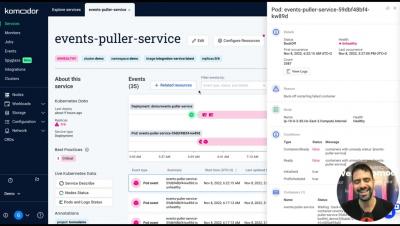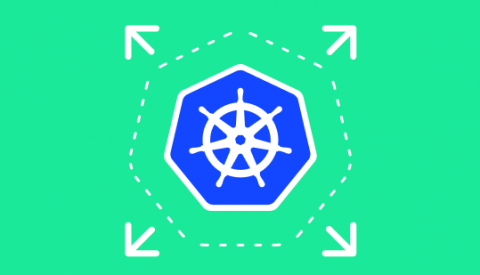Operations | Monitoring | ITSM | DevOps | Cloud
Komodor
Announcing GA of Komodor Actions & RBAC Support
Kubecon 2022 just concluded with plenty of exciting announcements, including our new open-source project, Helm-Dashboard, but we’ve got some more news to share on top of that.
Komodor Introduces New Companion Tool For Helm
Today, I am happy to see the public release of Helm-Dashboard, Komodor’s second open-source project, after ValidKube, and my first since joining the team as Head of Open Source. It’s a compelling challenge to try and solve the pain points of Helm users, but more than anything it’s a labor of love. So it is with love that we’re now sharing this project with the community, and I’m excited to imagine where it will go from here.
SUSE Rancher and Komodor - Continuous Kubernetes Reliability
With 96% of organizations either using or evaluating Kubernetes and over 7 million developers using Kubernetes around the world, according to a recent CNCF report, it’s safe to say that Kubernetes is eating up the world and has become the de-facto orchestrating system of cloud-native applications. The benefits of adopting K8s are obvious in terms of efficiency, agility, and scalability.
This is Komodor
Practical Guide on Setting up Prometheus and Grafana for Monitoring Your Microservices
Observability is a very important aspect of software that’s often taken for granted. You need to have visibility into what your application is doing at different levels to better understand an issue when it occurs. There are multiple open-source tools and initiatives to help you achieve improved visibility. When we talk about observability, there are three parts to consider: logs, traces and metrics.
How to Effectively Scale Microservices in a Cloud-Native World
Mickael Alliel 5 Min read September 20th, 2022 DevOps Kubernetes











